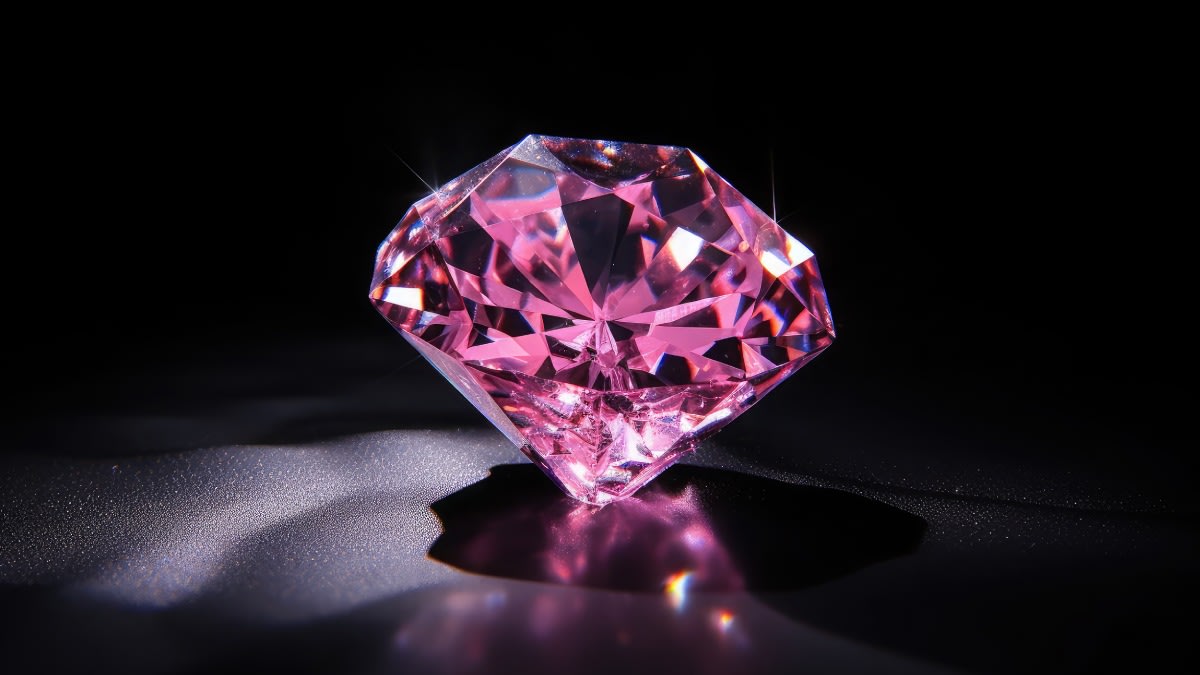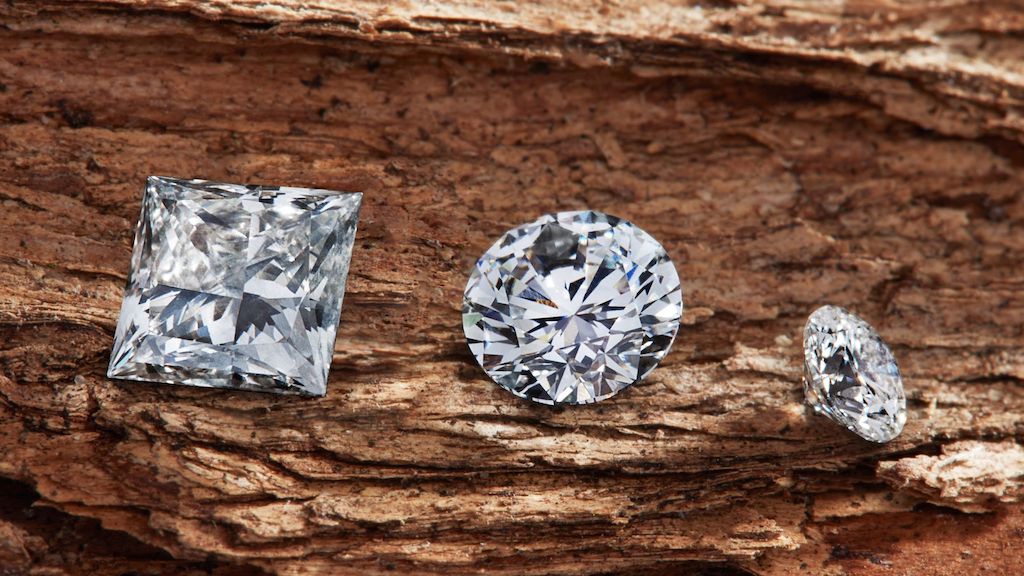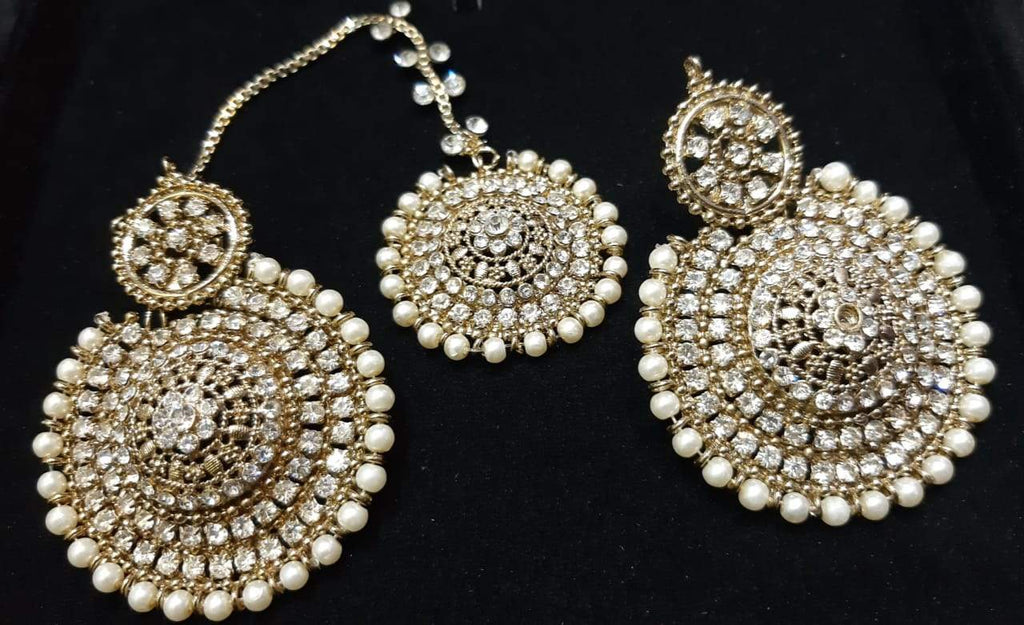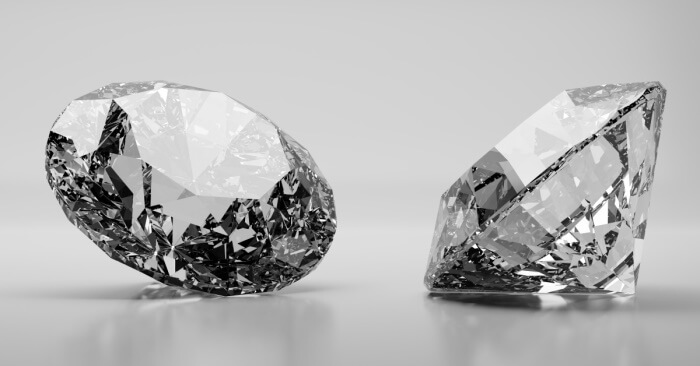Ethical Lab Diamonds: A New Era in the Diamond Industry
In recent years, the diamond industry has undergone a transformation. The rise of ethical lab diamonds has changed the way we perceive luxury, sustainability, and ethics. These diamonds are revolutionizing the market, offering a responsible alternative to traditional mined diamonds, while maintaining the same brilliance and quality.
What Are Lab Diamonds?
Lab diamonds are grown in controlled laboratory environments using advanced technological processes. They are chemically, physically, and optically identical to natural diamonds. The key difference is their origin. Instead of being mined from the Earth, lab diamonds are created above ground. This process eliminates many of the environmental and ethical concerns associated with traditional diamond mining.
The Ethical Advantages of Lab Diamonds
Sustainable Production
One of the most significant advantages of lab diamonds is their environmental sustainability. Traditional diamond mining has been linked to environmental destruction, including deforestation, soil erosion, and water contamination. In contrast, lab-grown diamonds require significantly fewer resources and leave a much smaller carbon footprint. This makes them an attractive option for environmentally conscious consumers.
Conflict-Free Certification
Ethics is a crucial factor when considering diamonds. The term “conflict diamonds” or “blood diamonds” refers to diamonds mined in war zones and sold to finance armed conflict. Although regulations like the Kimberley Process aim to prevent the sale of conflict diamonds, they are not foolproof. Lab diamonds offer a completely conflict-free alternative, ensuring that no human rights abuses are associated with their production.
Fair Labor Practices
Lab-grown diamonds also support fair labor practices. Traditional diamond mining often takes place in regions where labor laws are weak, and workers are subjected to poor working conditions. With lab-created diamonds, there is full transparency in the supply chain, ensuring that workers are treated fairly and ethically compensated.
Quality and Affordability of Lab Diamonds
Equal in Quality
A common misconception is that lab diamonds are somehow inferior to mined diamonds. In reality, lab-grown diamonds are of the same high quality as their natural counterparts. They exhibit the same clarity, color, and cut characteristics. In fact, they are so similar that even a trained gemologist cannot differentiate between a mined and a lab-grown diamond without specialized equipment.
Cost-Effective
One of the most compelling reasons to choose lab diamonds is their affordability. While natural diamonds can be incredibly expensive due to their rarity and the costs associated with mining, lab-grown diamonds are typically priced 20-40% lower. This makes them a more accessible option for consumers who want the beauty and luxury of a diamond without the hefty price tag.
The Growing Popularity of Lab Diamonds
The demand for lab-grown diamonds has been steadily increasing, particularly among younger generations. Millennials and Gen Z consumers are more likely to prioritize sustainability and ethical sourcing when making purchasing decisions. As a result, they are driving the shift toward ethical lab diamonds.
Many leading jewelry brands have recognized this trend and now offer a wide range of lab diamond options. This growing acceptance in the mainstream market further cements the place of lab diamonds in the future of the jewelry industry.
How Are Lab Diamonds Made?
There are two main methods for creating lab-grown diamonds: High Pressure, High Temperature (HPHT) and Chemical Vapor Deposition (CVD).
High Pressure, High Temperature (HPHT)
This method mimics the natural conditions under which diamonds form in the Earth’s mantle. A small diamond seed is placed in a chamber and exposed to extreme pressure and high temperatures, causing carbon atoms to crystallize and form a larger diamond.
Chemical Vapor Deposition (CVD)
In the CVD process, a diamond seed is placed in a chamber filled with carbon-rich gases. The gases are heated, causing the carbon atoms to bond with the seed and gradually build up layers of diamond. This method allows for more precise control over the diamond’s growth and is often used to create larger, high-quality diamonds.
Why Choose Lab Diamonds Over Mined Diamonds?
Ethical Concerns
Traditional diamond mining is fraught with ethical issues, including environmental degradation, exploitative labor practices, and human rights violations. By choosing lab diamonds, consumers can avoid supporting these harmful practices while still enjoying the beauty and luxury of a diamond.
Environmental Impact
The environmental toll of diamond mining is significant, from habitat destruction to water pollution. Lab diamonds, on the other hand, require far fewer resources to produce and have a much smaller environmental impact. For environmentally conscious consumers, this is a key factor in the decision to choose lab diamonds.
Value for Money
Because lab diamonds are less expensive to produce, they are more affordable than mined diamonds. This means consumers can purchase larger, higher-quality stones at a lower price. In a world where consumers are increasingly looking for value for money, lab diamonds offer an attractive proposition.
Lab Diamonds and the Future of the Jewelry Industry
As the demand for ethically sourced, sustainable products continues to grow, lab-grown diamonds are poised to become a dominant force in the jewelry industry. Major retailers and luxury brands are increasingly offering lab diamond options alongside their mined counterparts, recognizing the shift in consumer preferences.
Celebrity Endorsements
Many celebrities and influencers are now choosing lab diamonds for their jewelry, helping to raise awareness and drive demand. This trend is further solidifying the position of lab diamonds as a luxury product that aligns with modern values.
Investment in Research and Development
As technology continues to improve, the production of lab-grown diamonds is becoming more efficient, leading to even higher-quality stones and more cost-effective production methods. This ongoing innovation ensures that lab diamonds will remain a competitive and attractive option in the luxury market for years to come.
Conclusion: The Ethical Choice
In a world where consumers are increasingly concerned with the environmental and ethical implications of their purchases, ethical lab diamonds represent the future of the diamond industry. With their sustainable production, conflict-free origins, and affordable pricing, they offer a responsible alternative to traditional mined diamonds without compromising on quality. Choosing lab-grown diamonds is not only a wise financial decision but also an ethical one that aligns with the values of the modern consumer.






